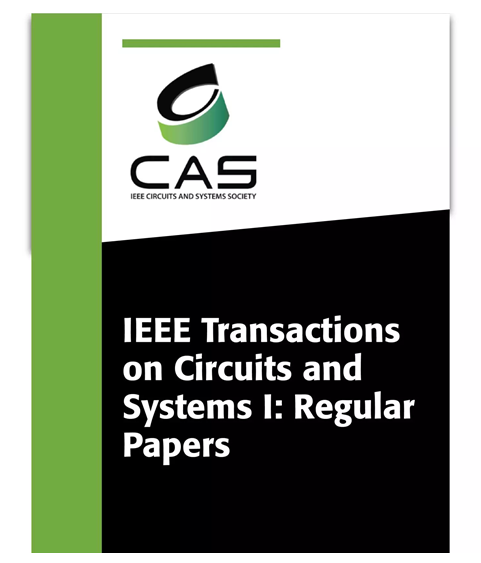Super-Regenerative Reception Technique Based on an Improved General Theory in Linear Mode
IF 5.2
1区 工程技术
Q1 ENGINEERING, ELECTRICAL & ELECTRONIC
IEEE Transactions on Circuits and Systems I: Regular Papers
Pub Date : 2025-04-01
DOI:10.1109/TCSI.2025.3552824
引用次数: 0
Abstract
Super-regenerative receivers (SRRs) hold great promise as a low-cost solution for wireless communication due to their low power and relative simplicity. However, previous researches have primarily concentrated on super-regenerative amplifiers/oscillators, leading to limited insights into SRRs with inappropriate assumptions or dispensable operations, such as synchronous quench and baseband oversampling. This paper presents an improved general theory of super-regenerative reception in the linear mode that provides more design insights for digital communication. By analyzing the time-domain model of a general super-regenerative circuit, we derived a comprehensive frequency-domain model based on a convolution method, through which a concept of signal-lobe transfer function is introduced. Based on the proposed model, the effects of quench jitter and residual phenomenon are analyzed. Furthermore, an asynchronous quench method is introduced, which eliminates the requirement of synchronization between the modulated symbol and the quench signal, thus reducing the system complexity. To eliminate the baseband oversampling, especially for high-speed communications, main-lobe filtering and sub-sampling techniques are also proposed. To verify this general theory and proposed techniques, two SRRs with main-lobe filtering and sub-sampling were designed with ideal components and simulated using Cadence Virtuoso. The simulation results of two SRRs match with the proposed model very well. Overall, this paper provides a comprehensive analysis of super-regenerative reception for digital communication and offers valuable insights into its potentials and limitations.基于改进广义理论的线性模式超再生接收技术
由于其低功耗和相对简单,超再生接收器(SRRs)作为一种低成本的无线通信解决方案具有很大的前景。然而,先前的研究主要集中在超再生放大器/振荡器上,导致对srr的认识有限,假设不适当或不必要的操作,如同步淬火和基带过采样。本文提出了一种改进的线性模式下超再生接收的一般理论,为数字通信提供了更多的设计见解。通过分析一般超再生电路的时域模型,推导了基于卷积法的综合频域模型,并引入了信号瓣传递函数的概念。在此基础上,分析了淬火抖动和残余现象的影响。在此基础上,提出了一种异步猝灭方法,消除了调制符号与猝灭信号之间的同步要求,降低了系统的复杂度。为了消除基带过采样,特别是在高速通信中,还提出了主瓣滤波和子采样技术。为了验证这一一般理论和提出的技术,设计了两个具有主瓣滤波和子采样的srr,并使用Cadence Virtuoso进行了仿真。两个srr的仿真结果与所提出的模型吻合较好。总体而言,本文对数字通信的超再生接收进行了全面的分析,并对其潜力和局限性提出了有价值的见解。
本文章由计算机程序翻译,如有差异,请以英文原文为准。
求助全文
约1分钟内获得全文
求助全文
来源期刊
CiteScore
9.80
自引率
11.80%
发文量
441
审稿时长
2 months
期刊介绍:
TCAS I publishes regular papers in the field specified by the theory, analysis, design, and practical implementations of circuits, and the application of circuit techniques to systems and to signal processing. Included is the whole spectrum from basic scientific theory to industrial applications. The field of interest covered includes: - Circuits: Analog, Digital and Mixed Signal Circuits and Systems - Nonlinear Circuits and Systems, Integrated Sensors, MEMS and Systems on Chip, Nanoscale Circuits and Systems, Optoelectronic - Circuits and Systems, Power Electronics and Systems - Software for Analog-and-Logic Circuits and Systems - Control aspects of Circuits and Systems.

 求助内容:
求助内容: 应助结果提醒方式:
应助结果提醒方式:


